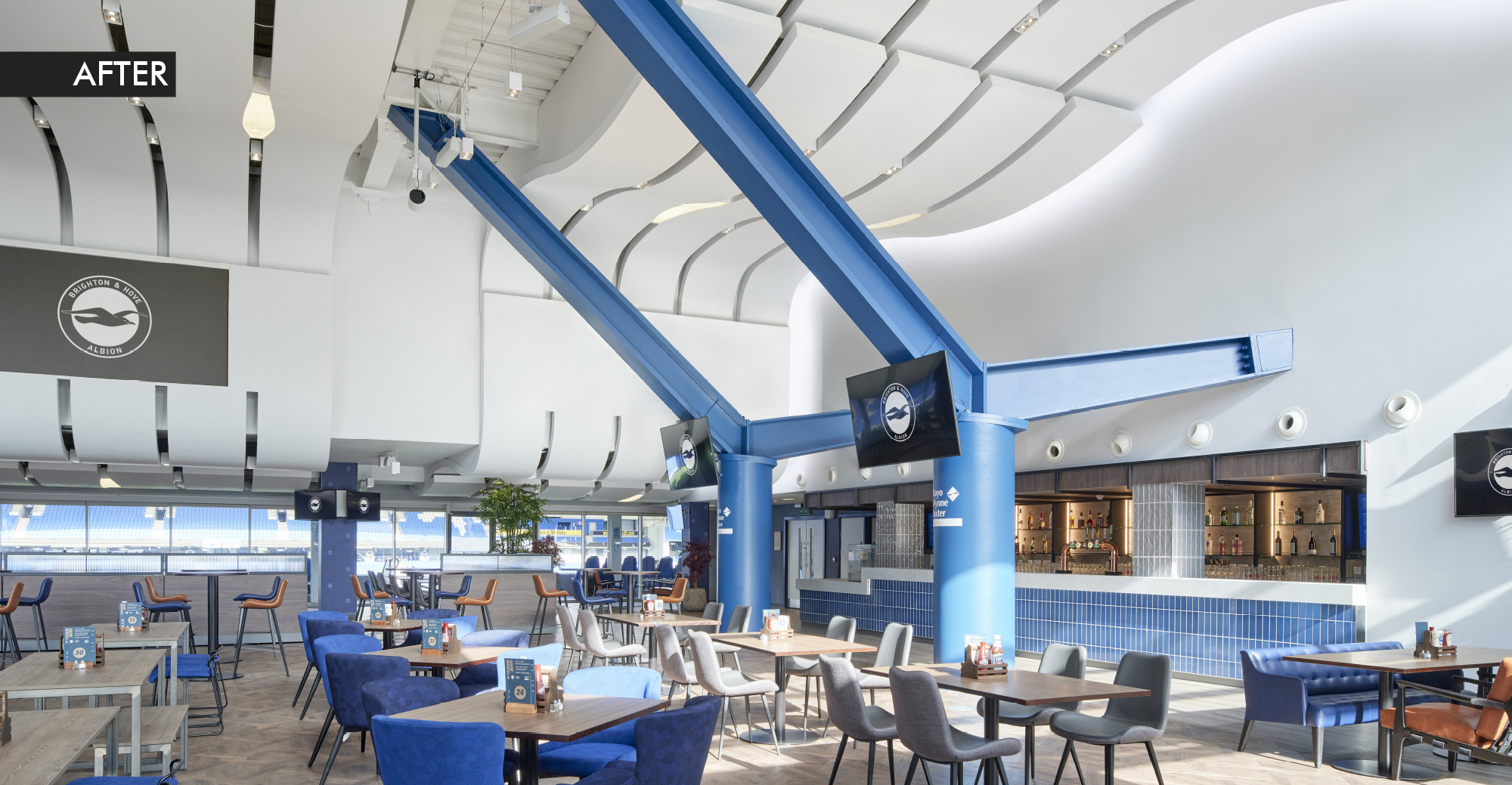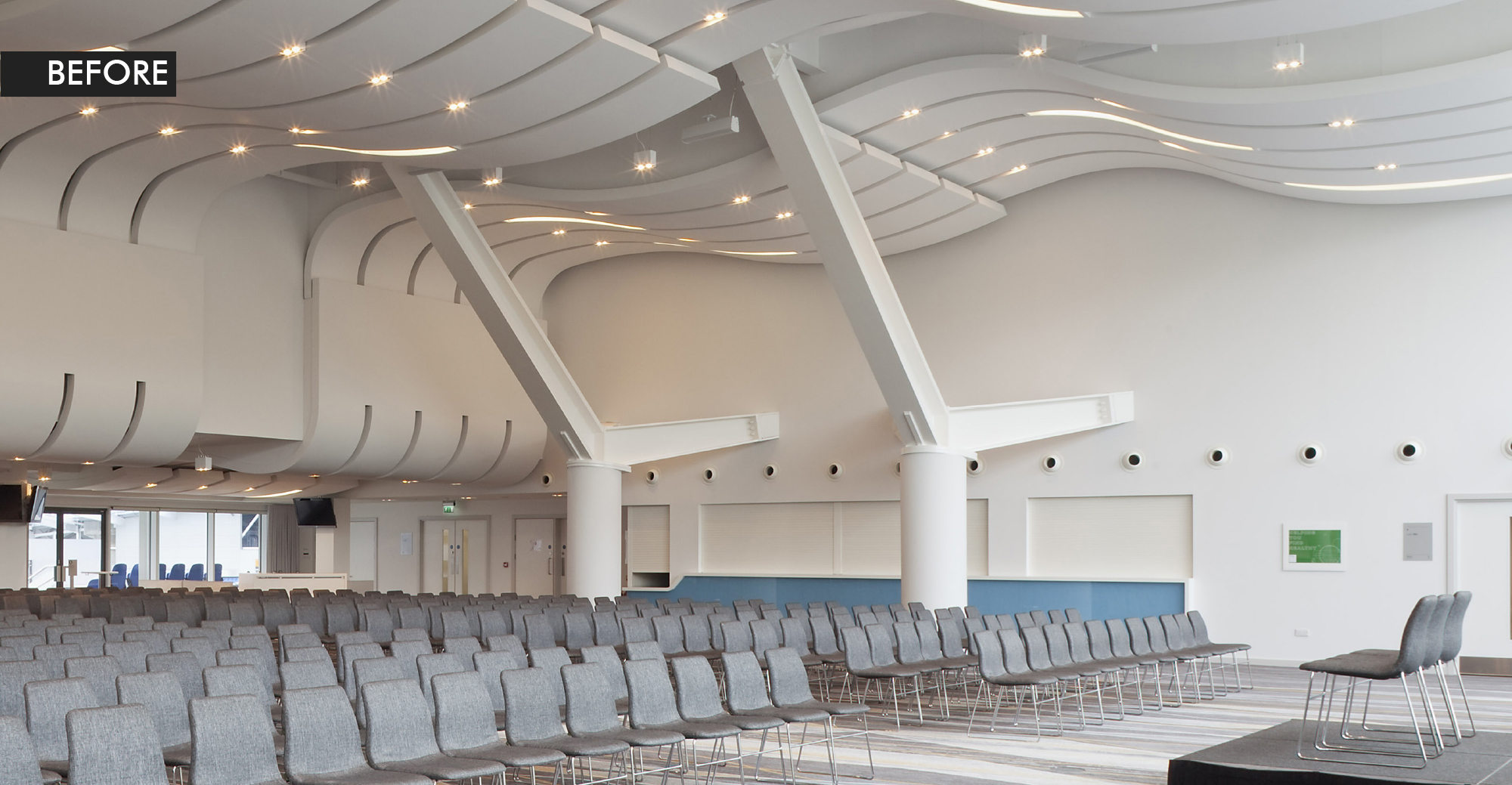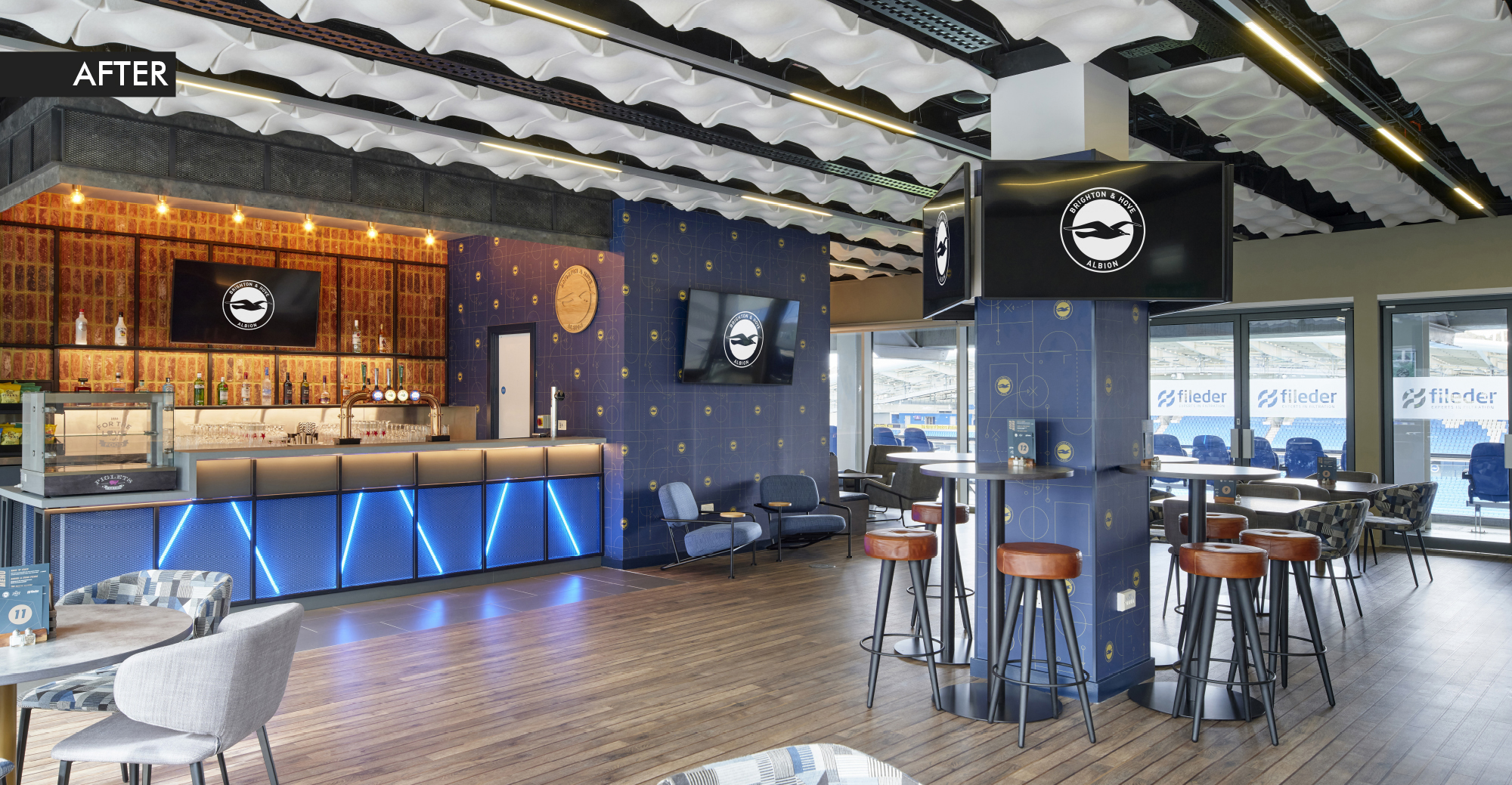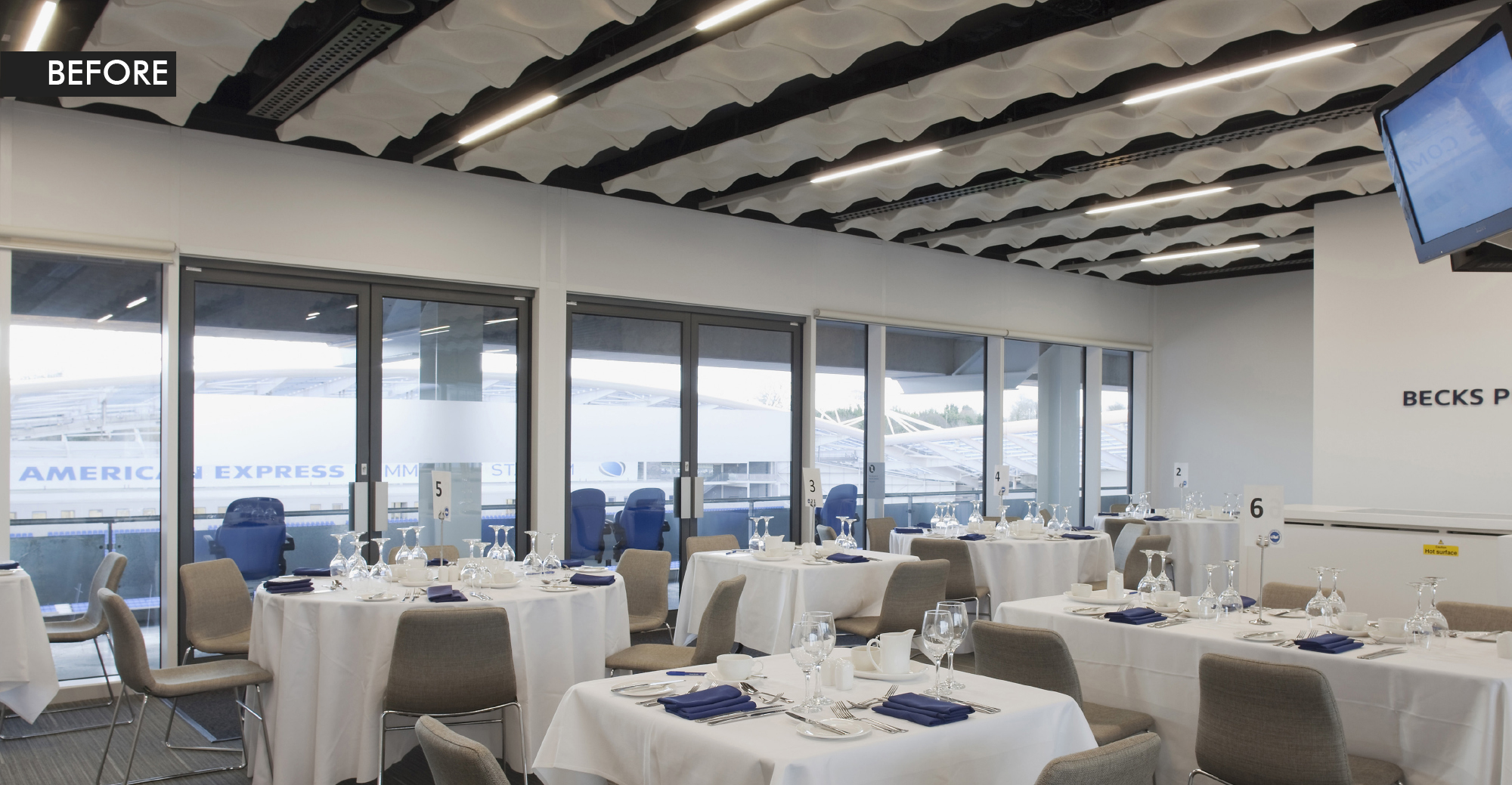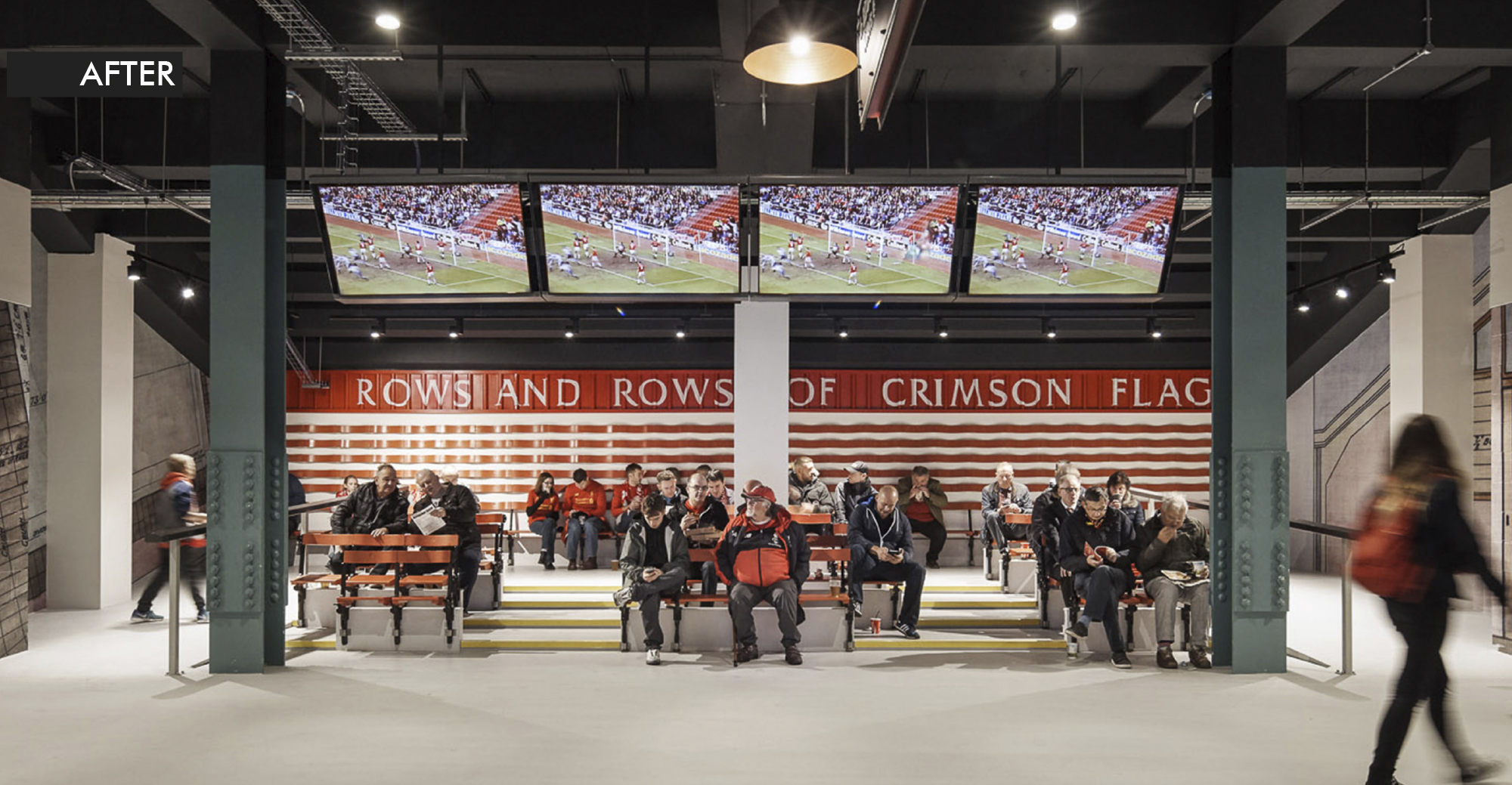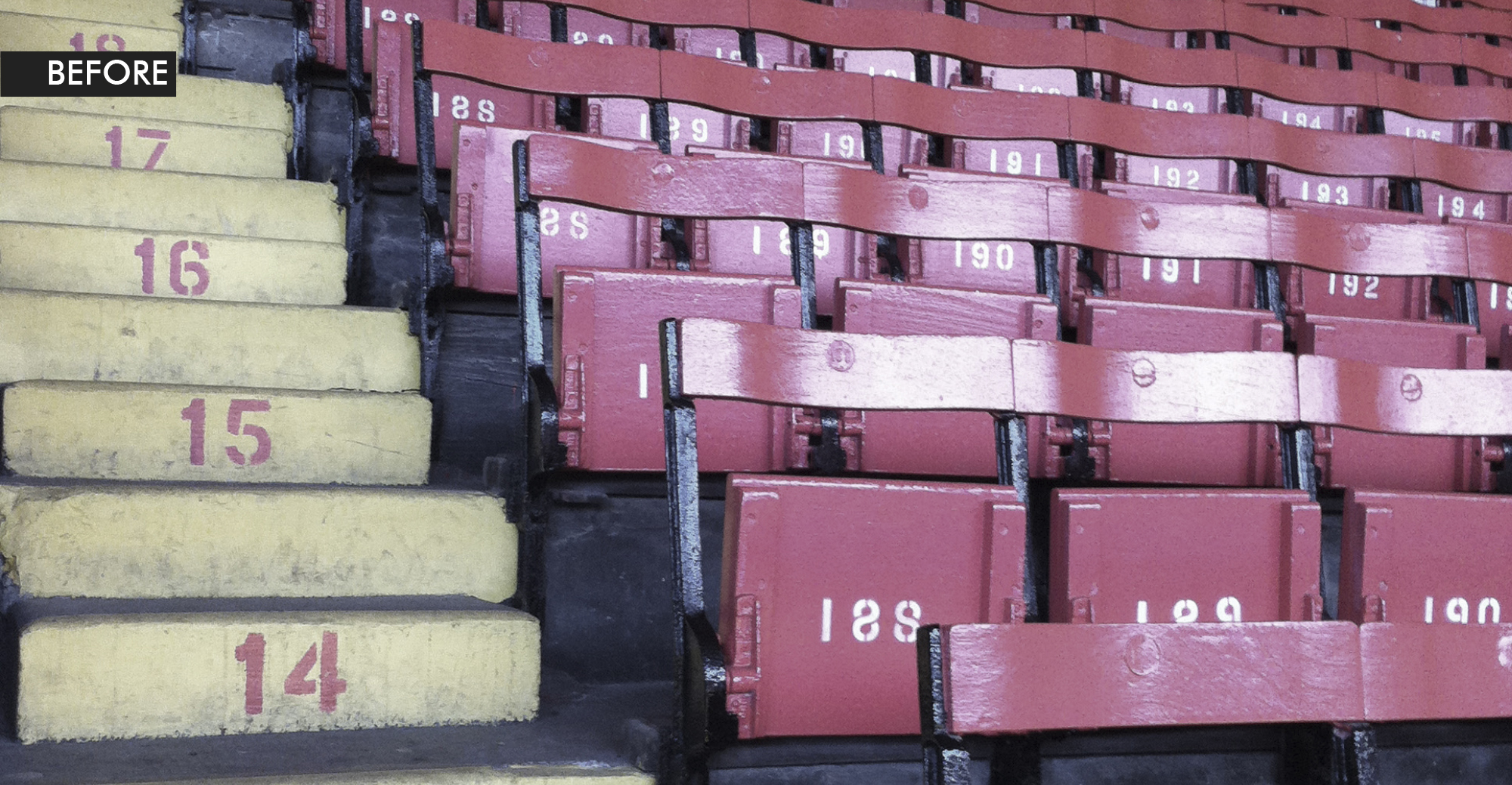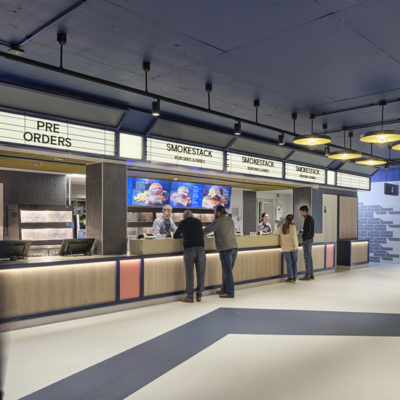THE EVENT INDUSTRY 2022 – SUSTAINABILITY
28 April 2022
In this fifth and final insight into the future of the event industry, KSS Associate Director Debbie Power considers the important topic of sustainable design with a designer’s approach to delivering a successful strategy.
Sustainability should always be at the forefront of our perspective and approach. Reduction in travel during COVID has made us reflect on its necessity and we have all enjoyed the cleaner air during that period. However, the measures required to manage COVID in our venues often conflict with our sustainability aims, from the widespread use of plastic-based materials for testing and PPE kit, to the instant appearance of acrylic screens and protective coverings, which although not mandated, are widely used as people are familiar with them and appreciate that their welfare is being considered.
Guests are increasingly demanding more ethical and sustainable experiences and venues are already responding with sustainable systems, strategies and polices.
The role of designers is to ensure that the proposed processes can be delivered. If disposable or re-usable cups are discarded within general waste because of a lack signage or unclear communication, all the best intention becomes no more than an empty gesture.
Our clients enjoy working with us because we understand the micro level detail as well as the big picture concepts. From developing clear communication signage to creating bespoke bin apertures to suit the recycling strategy, these details prompt guests to consider their action and choices. We strive to make our environments intuitive, clearly navigable and a joy to explore.
To make a sustainable impact we need to be thinking more deeply about how we can minimise our overall impact on the complete design process.
With buildings contributing around 49% of the worlds carbon, or over 180 million tonnes per year, in very simple terms we need to build less, and maximise the use of our existing building stock. Once a new building is complete the carbon budget is spent, so we need to build projects to last. We must design for durability, longevity and increase design life through flexibility.
For the two recent developments of Liverpool FC’s Main Stand and Twickenham’s East Stand we developed bold extensions that seamlessly knitted into the existing buildings. Our careful, thoughtful, and practical designs ensured both were constructed without disruption to play.
We should always question what can be re-used and recycled. Predominately our hospitality projects are refurbishments, which by their nature are more sustainable because we are bringing old stock up to current standards, extending building life and ensuring we are building clever and designing efficiently.
At Brighton & Hove Albion FC last summer we relaunched the 1901 Club at the American Express Community Stadium, this was an impactful but considered stadium-wide refurbishment, transforming nine premium lounges with new finishes and furniture throughout. Existing bars were refurbished and reclad, but we retained the original ceilings and lighting from when we designed the spaces over a decade ago. The ceilings were designed to be timeless as they were inspired by the Club’s locality, they were built with longevity and with our creativity we could successfully reinvent the spaces within some of the existing parameters.
We can ensure designs are built to last, for durability and operationally, and more importantly because ultimately it is more sustainable.
